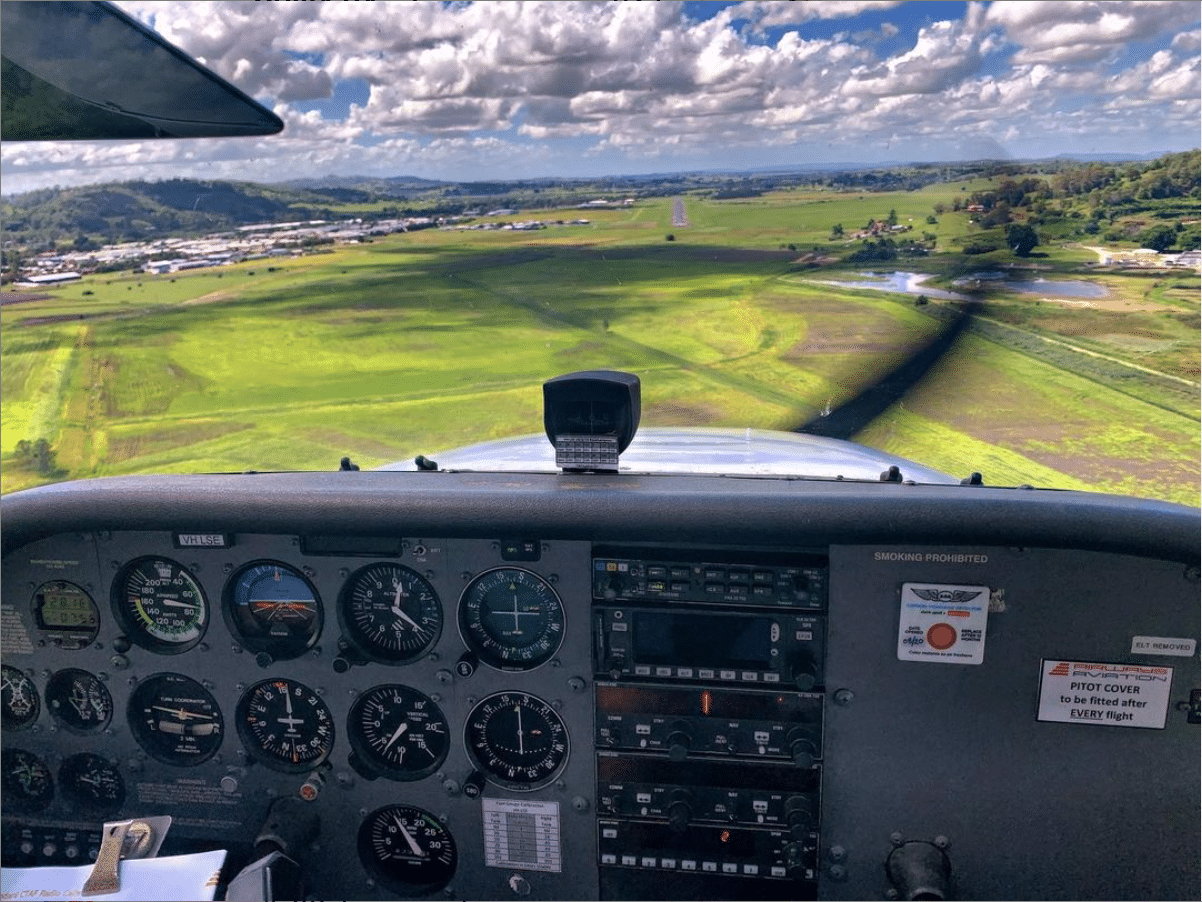VFR - Visual Flight Rules
Posted by Manish Patil - Pilot Administrator at IndiGo (InterGlobe Aviation Ltd) on 26th Oct 2023

As it say “Visual Flight Rules” where Pilot can see outside conditions from cockpit and fly accordingly.
It's a set of regulations under which a pilot operates an aircraft in weather conditions generally clear enough to allow the pilot to see where the aircraft is going. Pilots operating under VFR are responsible for their separation from other aircraft and for maintaining a safe altitude.
Visual Flight Rules several important functions:

1. Visual Navigation: VFR allows pilots to navigate by visual reference to landmarks on the ground rather than relying solely on instruments.
2. Pilot Responsibility: Pilots operating under VFR are responsible for their own navigation, traffic separation, and obstacle avoidance.
3. Clear Weather Operations: VFR is typically used in clear weather conditions, where visibility and cloud cover allow pilots to maintain visual contact with the ground and other aircraft.
4. Flexibility: VFR provides flexibility in flight planning and allows pilots to choose their routes based on visual references, which can be more direct than instrument-based routes.
5. Training: VFR is often used during pilot training to develop visual navigation skills and increase situational awareness.
It's important to note that VFR has limitations, and pilots must transition to IFR when weather conditions deteriorate and visual references are no longer reliable.
#aviationfacts #VFR #visual #flight #rules #aviation #pilot #training #airbus #boeing #skyhawk #cessna

